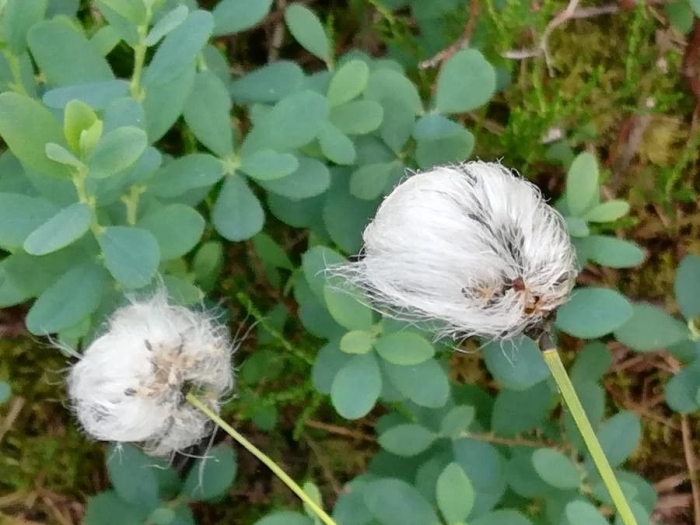Tall Cottongrass
(Eriophorum angustifolium)
Tall Cottongrass (Eriophorum angustifolium)
/
/

Paul JAMET
CC BY-SA 4.0





































Estimated Native Range
Summary
Tall Cottongrass is valued for its unique texture and is often used in naturalistic plantings, such as meadow gardens, pond margins, and bog gardens. It thrives in full sun but can tolerate partial shade, especially in hot climates. It requires acidic, poorly-drained soils such as peat, sand, clay, or loam and can grow in water up to 5 centimeters deep. While it is low-maintenance, division in spring can help maintain its vigor, and regular deadheading can prolong the display of its cottony seed heads. It is generally free from serious pests and diseases but can be susceptible to rust in wet conditions.CC BY-SA 4.0
Plant Description
- Plant Type: Grass
- Height: 1-2 feet
- Width: 2-3 feet
- Growth Rate: Moderate
- Flower Color: N/A
- Flowering Season: Summer
- Leaf Retention: Evergreen
Growth Requirements
- Sun: Full Sun
- Water: High
- Drainage: Fast, Medium, Slow
Common Uses
Edible*Disclaimer: Easyscape's listed plant edibility is for informational use. Always verify the safety and proper identification of any plant before consumption., Low Maintenance, Water Garden
Natural Habitat
Acidic bogs, wet heathlands, and moorlands across the Northern Hemisphere
Other Names
Common Names: Common Cottongrass, Slender Cottongrass, Common Cotton-Grass, Many-Spiked Cottongrass, Narrow-Leaved Cottongrass, Thin-Scale Cottongrass, Schmalblättriges Wollgras, Linaigrette À Feuilles Étroites, Veenpluis, Ängsull
Scientific Names: , Eriophorum angustifolium, Eriophorum angustifolium var. alpinum, Eriophorum angustifolium var. angustifolium, Eriophorum polystachion subsp. angustifolium, Eriophorum polystachion var. angustifolium, Eriophorum angustifolium f. cracoviense, Eriophorum angustifolium f. dolichophyllum, Eriophorum angustifolium subsp. alpinum, Eriophorum angustifolium var. minus
GBIF Accepted Name: Eriophorum angustifolium Honck.